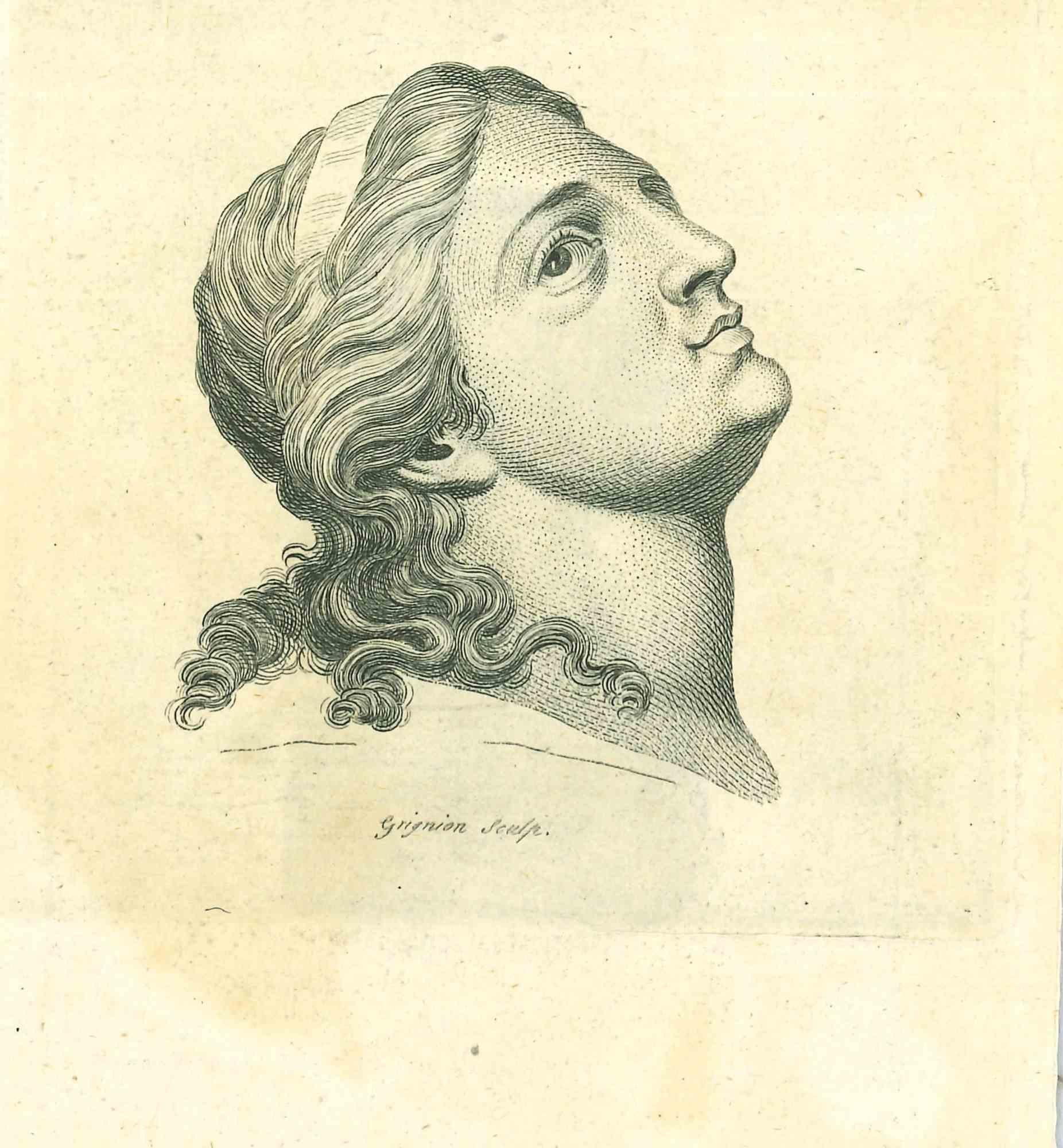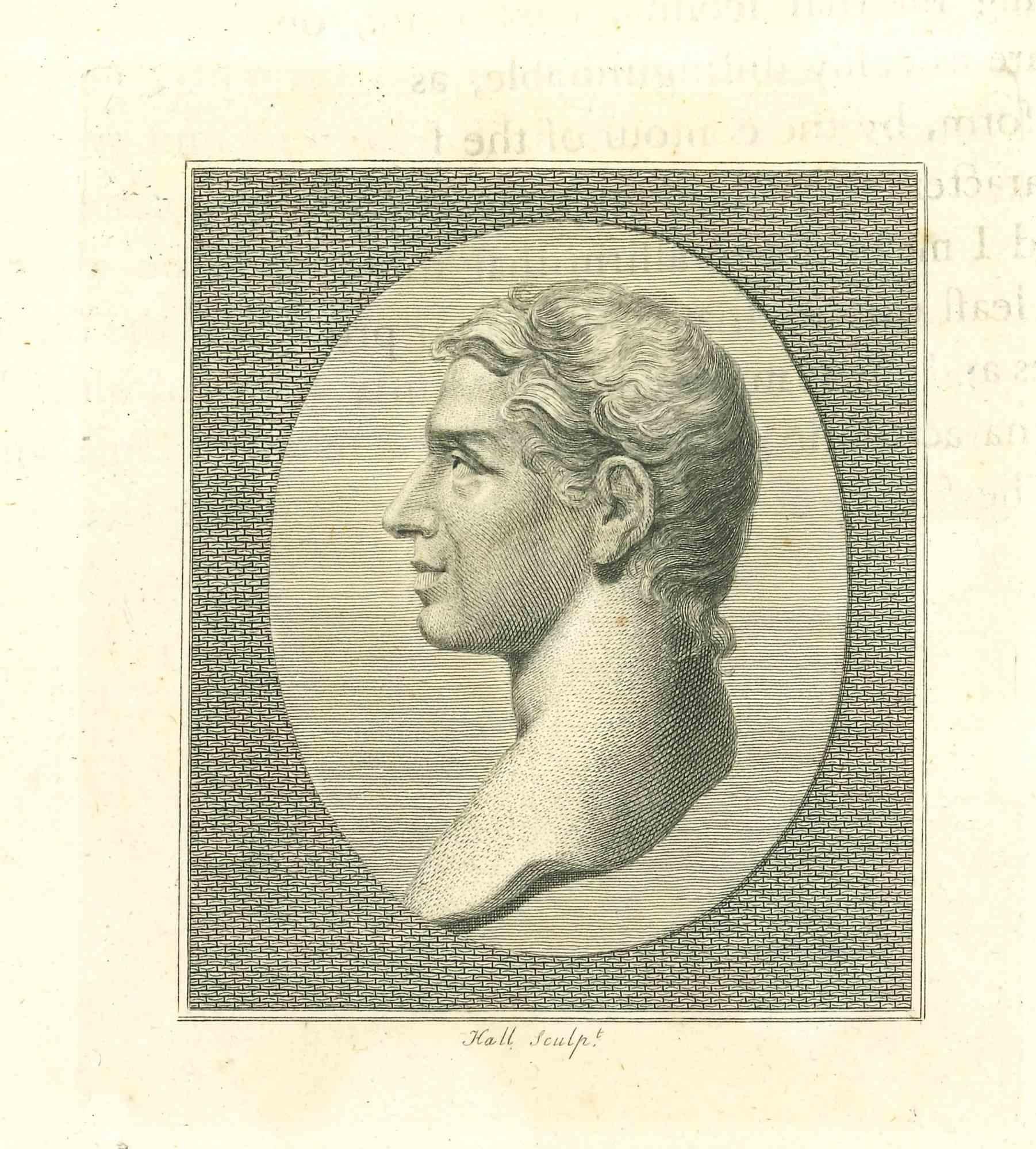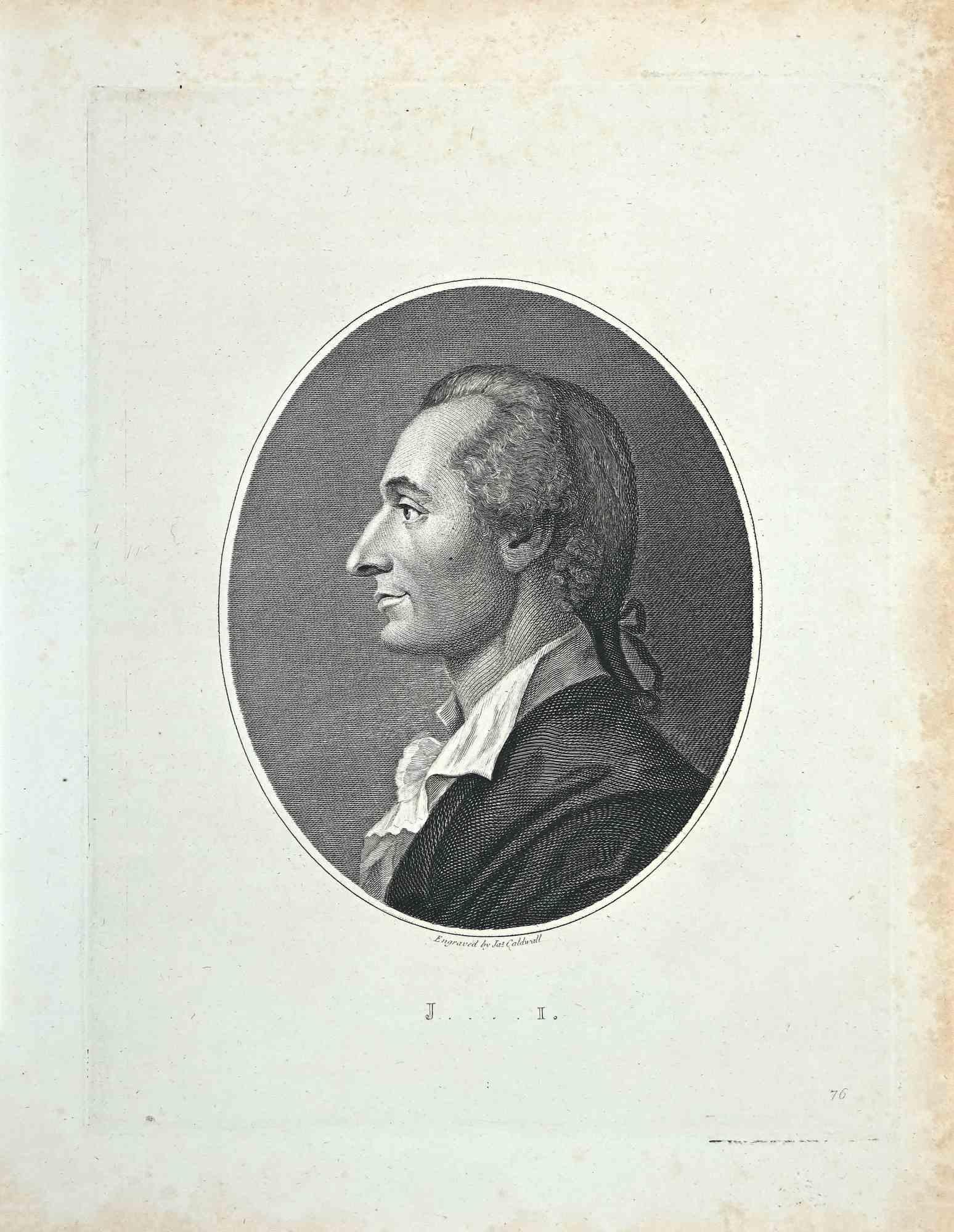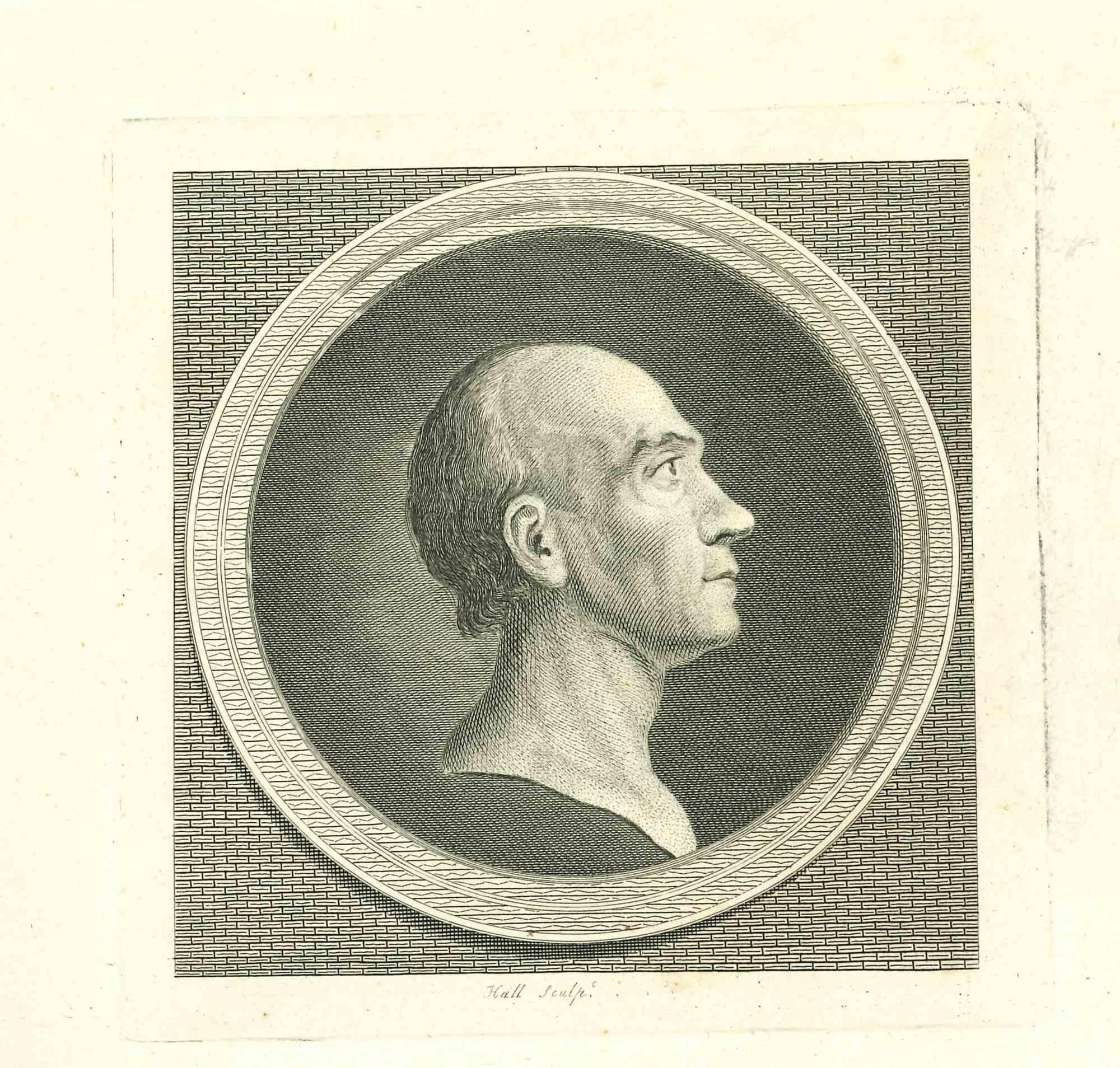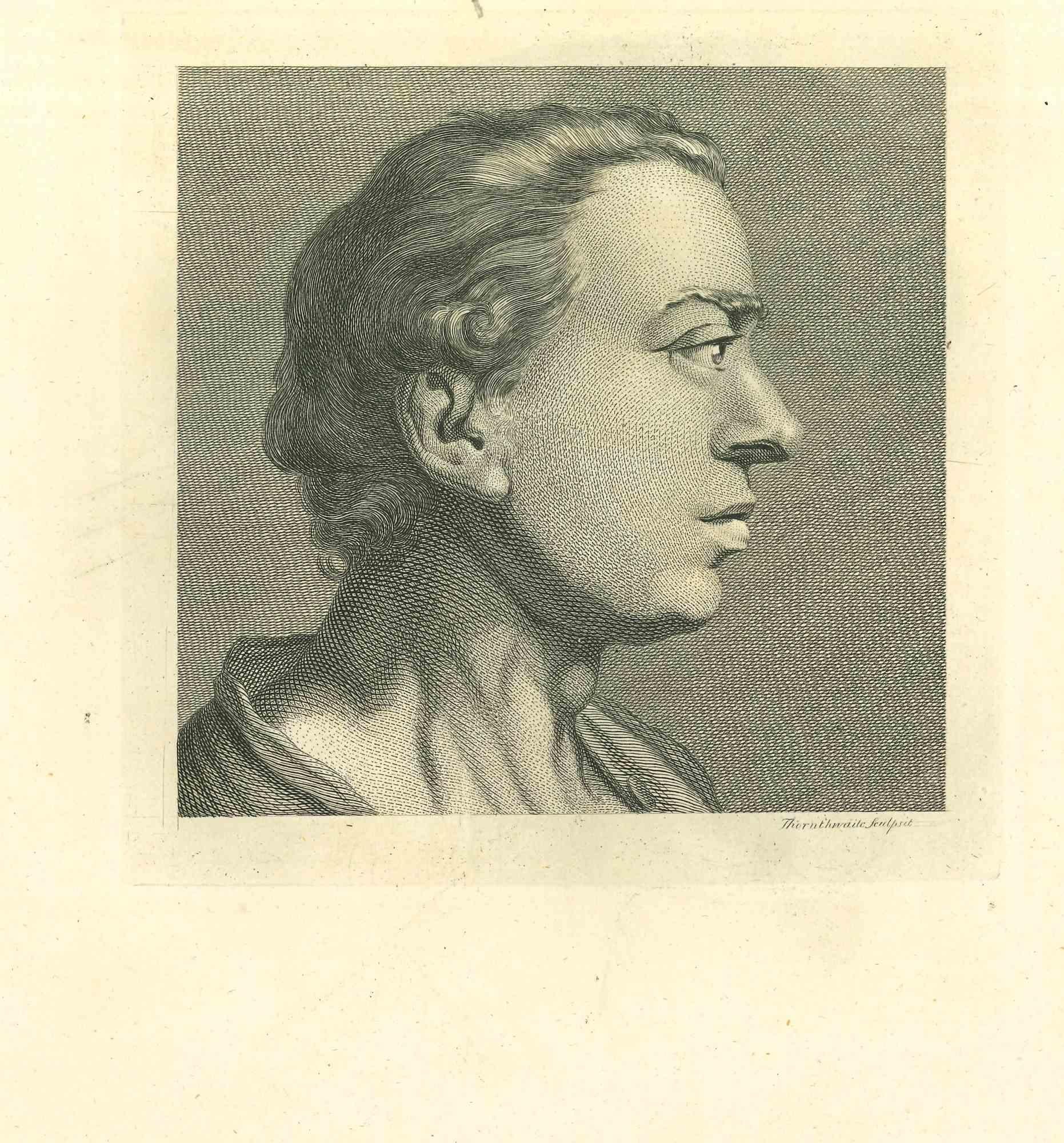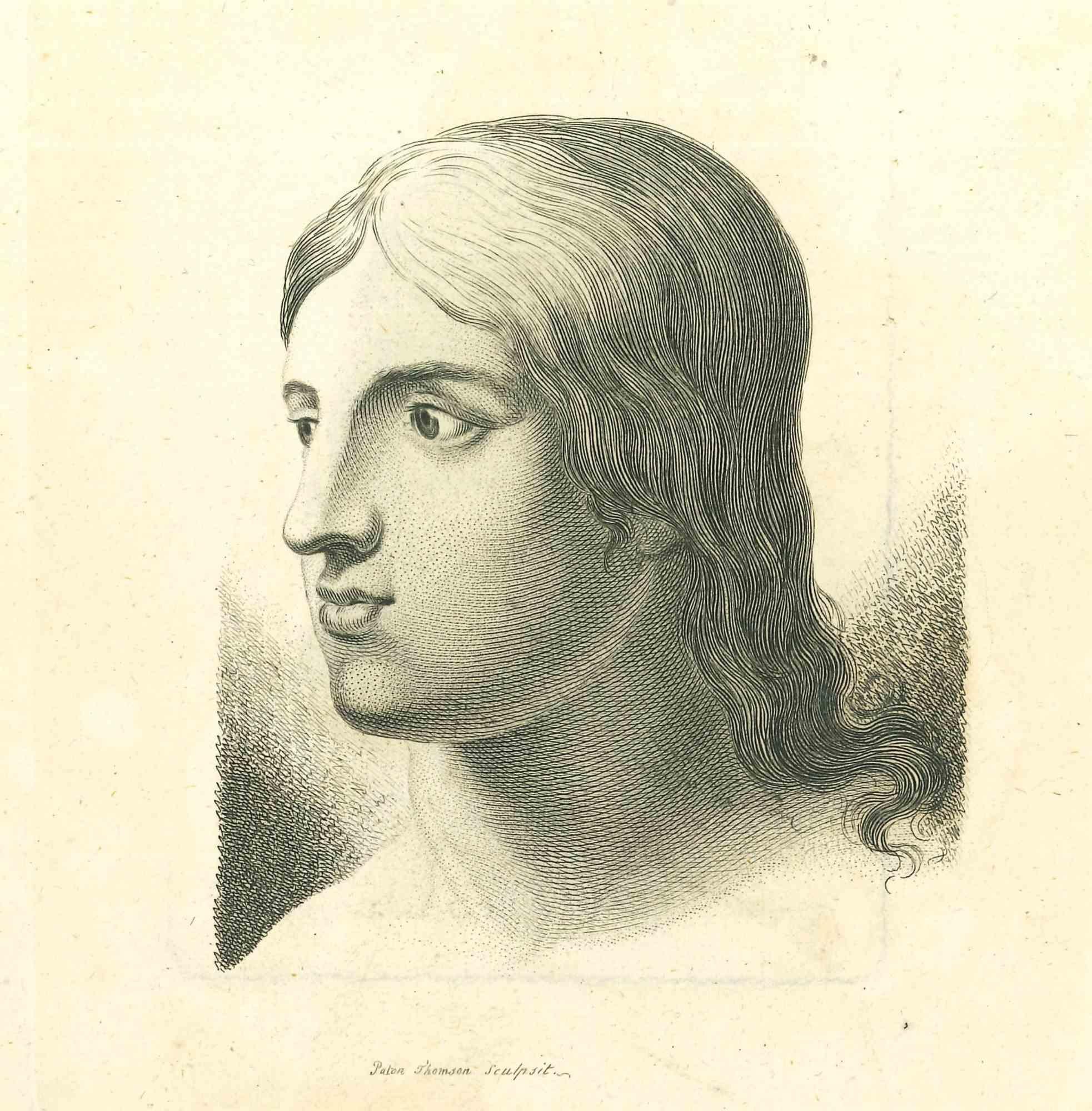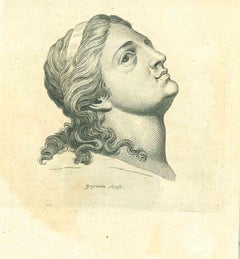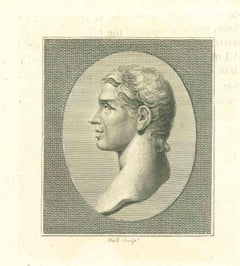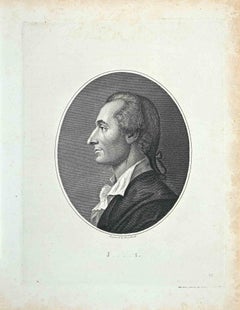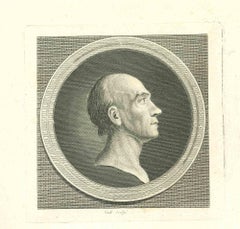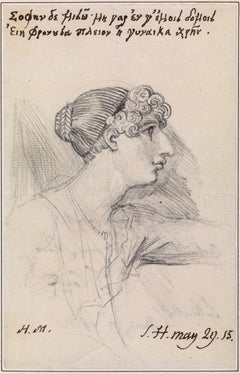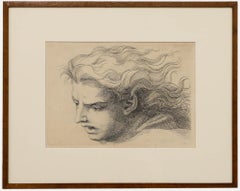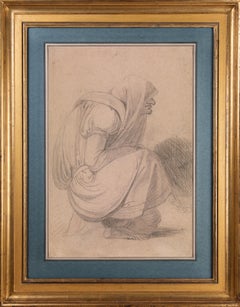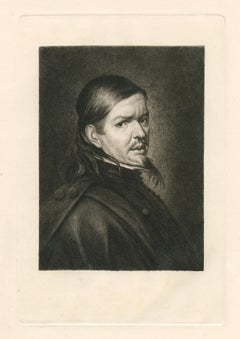Items Similar to Portrait of S. John - Original Etching by Heinrich Fuseli - 1810
Want more images or videos?
Request additional images or videos from the seller
1 of 5
Heinrich FuseliPortrait of S. John - Original Etching by Heinrich Fuseli - 18101810
1810
$472.64
£359.69
€400
CA$661.62
A$729.05
CHF 378.15
MX$8,671.12
NOK 4,783.47
SEK 4,481.10
DKK 3,047.15
About the Item
Portrait of S. John is an original artwork realized by Heinrich Fuseli (1741 - 1825).
Original Etching from J.C. Lavater's "Essays on Physiognomy, Designed to promote the Knowledge and the Love of Mankind", London, Bensley, 1810.
A the bottom center the name of the man portrayed "S.John". Name of the sculptor and engraver in the lower margins.
Excellent conditions.
Johann Caspar Lavater was a swiss theologian and philosopher known throughout Europe for his studies on physiognomy. Following the physiognomy tradition of Della Porta and of many Renaissance and Baroque philosophers, he believed that the character of a person could be elucidated through examining their “lines of countenance" i.e. tracing a profile outline portrait. Being able to "read outside" was the key to "know the inside". Lavater's thought largely influenced Art in the late 18th and early 19th century, as in the case of Johann Fuseli and William Blake (who realized two etchings for Lavater's english edition of his Essay).
Lavater was convinced that he could show his theories by analyzing the portraits of some of the main historical figures of the past, in some cases taken from paintings or (mainly for antiquity) sculptures. Some of the engravings in his volume, made by great masters of the time, are still considered today as graphic masterpieces.
- Creator:Heinrich Fuseli
- Creation Year:1810
- Dimensions:Height: 12.6 in (32 cm)Width: 10.24 in (26 cm)Depth: 0.04 in (1 mm)
- Medium:
- Movement & Style:
- Period:
- Framing:Framing Options Available
- Condition:Insurance may be requested by customers as additional service, contact us for more information.
- Gallery Location:Roma, IT
- Reference Number:Seller: T-1236751stDibs: LU65038774872
About the Seller
4.9
Platinum Seller
Premium sellers with a 4.7+ rating and 24-hour response times
1stDibs seller since 2017
7,815 sales on 1stDibs
Typical response time: 1 hour
- ShippingRetrieving quote...Shipping from: Monaco, Monaco
- Return Policy
More From This Seller
View AllPortrait - Original Etching by Johann Caspar Lavater - 1810
By Johann Caspar Lavater
Located in Roma, IT
Portrait is an original artwork realized by Johann Caspar Lavater (1741 - 1801).
Original Etching from "Essays on Physiognomy, Designed to promote the Knowledge and the Love of Mank...
Category
1810s Old Masters Portrait Prints
Materials
Etching
$248 Sale Price
30% Off
Portrait of a Man - Original Etching by John Hall - 1810
Located in Roma, IT
Portrait of a man is an original artwork realized by John Hall for Johann Caspar Lavater's "Essays on Physiognomy, Designed to promote the Knowledge and the Love of Mankind", London,...
Category
1810s Old Masters Figurative Prints
Materials
Etching
Portrait of J....I - Original Etching by James Caldwall - 1810
Located in Roma, IT
Portrait of J....I is an original artwork realized by James Caldwall (1739 - 1822).
Original Etching from J.C. Lavater's "Essays on Physiognomy, Designed to promote the Knowledge an...
Category
1810s Old Masters Portrait Prints
Materials
Etching
Portrait of a Man - Original Etching by John Hall - 1810
Located in Roma, IT
Portrait of a man is an original artwork realized by John Hall for Johann Caspar Lavater's "Essays on Physiognomy, Designed to promote the Knowledge and the Love of Mankind", London...
Category
1810s Old Masters Figurative Prints
Materials
Etching
Portrait of a Man - Original Etching by John Thornthwaite - 1810
By John Thornthwaite
Located in Roma, IT
Portrait of a man is an original artwork realized by John Thornthwaite for Johann Caspar Lavater's "Essays on Physiognomy, Designed to promote the Knowledge and the Love of Mankind"...
Category
1810s Old Masters Figurative Prints
Materials
Etching
Portrait - Original Etching by Johann Caspar Lavater - 1810
By Johann Caspar Lavater
Located in Roma, IT
Portrait is an original artwork realized by Johann Caspar Lavater (1741 - 1801).
Original Etching from "Essays on Physiognomy, Designed to promote the Knowledge and the Love of Mank...
Category
1810s Old Masters Portrait Prints
Materials
Etching
$248 Sale Price
30% Off
You May Also Like
Portrait drawing of Harriot Mellon, Mrs Thomas Coutts
By Henry Fuseli
Located in London, GB
Inscribed by the artist in pen and brown ink, upper margin: 'σοφὴν δὲ μισῶ: μὴ γὰρ ἔν γ' ἐμοῖς δόμοις / εἴη φρονοῦσα πλείον' ἢ γυναῖκα χρή [Euripides, Hippolytus, 11, 640-41: “But a ...
Category
19th Century Old Masters Portrait Drawings and Watercolors
Materials
Pencil
After Jan Schenk (1710-1767) - Framed 19th Century Etching, Study of Male Head
Located in Corsham, GB
A striking classical etching on laid paper. Well presented in a narrow oak frame with a new card mount.
Category
19th Century Portrait Prints
Materials
Etching
Drawing of a captive woman
By Henry Fuseli
Located in London, GB
Collections:
Sir Thomas Lawrence, who acquired the contents of Fuseli’s studio;
Susan, Countess of Guilford, née Coutts (1771-1837), acquired from the Lawrence estate;
Susan, Baroness North (1797-1884), daughter of the above;
Mrs A. M. Jaffé, acquired in France, c. 1950 to 2016.
Black chalks, on buff-coloured paper
Stamped verso: ‘Baroness Norths Collection / of Drawings by H Fuseli Esq.’
Framed dimensions: 26.38 x 20.63 inches
This boldly drawn sheet depicting a seated figure was made by Fuseli at an important and highly productive moment in his career. The monumental drawing is closely related to another sheet by Fuseli in the British Museum which Schiff published as subject unknown. Both drawings were made when Fuseli was designing his most important sequence of historical works, including scenes from Shakespeare and Milton, The Nightmare and The Death of Dido which was exhibited at the Royal Academy to great critical acclaim in 1781. The present drawing does not relate directly to any of Fuseli’s finished historical paintings of the period, but evidently the image of a slightly menacing, seated and covered old woman was precisely the sort of motif he was playing with. It is notable that the same figure reappears later in Fuseli’s work as the witch from Ben Jonson’s Witch’s Song which Fuseli produced as both a painting and engraving in 1812.
Fuseli returned to London in 1779 from a highly creative and productive period in Rome and established himself as one of the leading history painters of the period. Fuseli re-established contact with his old mentor Sir Joshua Reynolds, becoming a regular guest at his dinner table and visitor to his studio. The earliest and most striking manifestation of this strategy was Fuseli's Death of Dido, exhibited in 1781 at the Royal Academy. Executed on the same scale as Reynolds's version (Royal Collection), Fuseli's vertically oriented picture was hung directly opposite Reynolds's with its horizontal orientation, inevitably inviting comparison between the two works and garnering Fuseli much publicity and favourable reviews in the newspapers.
The present, previously unpublished sheet, relates closely to a drawing now in the British Museum. That sheet shows the same seated old woman, drawn on a smaller scale and more schematic in design, seated next to an anatomical drawing of a man. The pose of this figure is related to the pose of Dido in his Death of Dido; the foreshortened torso, arrangement of head, oblique view of Dido’s features and arms all suggest that the study can be viewed as an initial thought for the composition. Fuseli may have initially thought of including the figure of the hunched and covered old woman. Drawn on identical paper to the British Museum sheet, our study is an enlarged depiction of the same figure, more elaborately delineated and developed. The presence of a chain to the right of the figure, suggests that the iconography was related in some way to a scene of imprisonment.
Fuseli had first explored the motif of the hooded old woman in an early Roman drawing, 'The Venus Seller'. The idea of a grotesque old woman, hooded and with angular nose and projecting chin seen in profile was most spectacularly used by Fuseli in his sequence of paintings depicting The Three Witches from Macbeth. Fuseli seems to have kept the present sheet and may have returned to it when preparing a painting of The Witch and the Mandrake from Ben Jonson’s Witch’s Song from his Masque of Queens in 1812. Here the same seated figure looks out from under her hood and picks a mandrake by moonlight. Jonson’s drama had been performed at the court of James I in 1609, inspired the subject. To throw the nobility of the queens into relief, the poet added a coven of witches, one of whom declares: ‘I last night lay all alone, On the ground, to hear the mandrake groan; And plucked him up, though he grew full low, And, as I had done, the cock did crow.’ The figure was reversed in the associated etching which was published in 1812. It seems likely that the present drawing remained as part of Fuseli’s working archive of figure studies.
The present drawing was presumably purchased with the bulk of Fuseli’s drawings after the artist’s death by Sir Thomas Lawrence. Lawrence’s large group of Fuseli drawings were then acquired by Susan, Countess of Guildford (1771-1837). Lady Guildford was the eldest daughter of the banker Thomas Coutts (1735-1822), who himself had supported Fuseli’s journey to Rome in the 1770s and had remained one of the artist’s key...
Category
18th Century Old Masters Figurative Drawings and Watercolors
Materials
Chalk
"Portrait Of Murillo" original etching
By Paul-Adolphe Rajon
Located in Henderson, NV
Medium: original etching. Published in 1880 by the American Art Review. Plate size: 8 1/2 x 5 3/4 inches. Not signed.
Condition: there is minor foxing.
Category
1880s Prints and Multiples
Materials
Etching
"Portrait Of Murillo" original etching
By Paul-Adolphe Rajon
Located in Henderson, NV
Medium: original etching. Published in 1880 by the American Art Review. Plate size: 8 1/2 x 5 3/4 inches. Not signed.
Condition: there is minor foxing.
Category
1880s Prints and Multiples
Materials
Etching
"Thomas Haden of Derby" signed original etching, first state
By Sir Francis Seymour Haden, R.A.
Located in Henderson, NV
Medium: etching and drypoint. This is Seymour Haden's etched version of the painting by Thomas Wright of Derby entitled "Edwin the Minstrel". The man in the portrait was actually Sir...
Category
1860s Prints and Multiples
Materials
Etching
